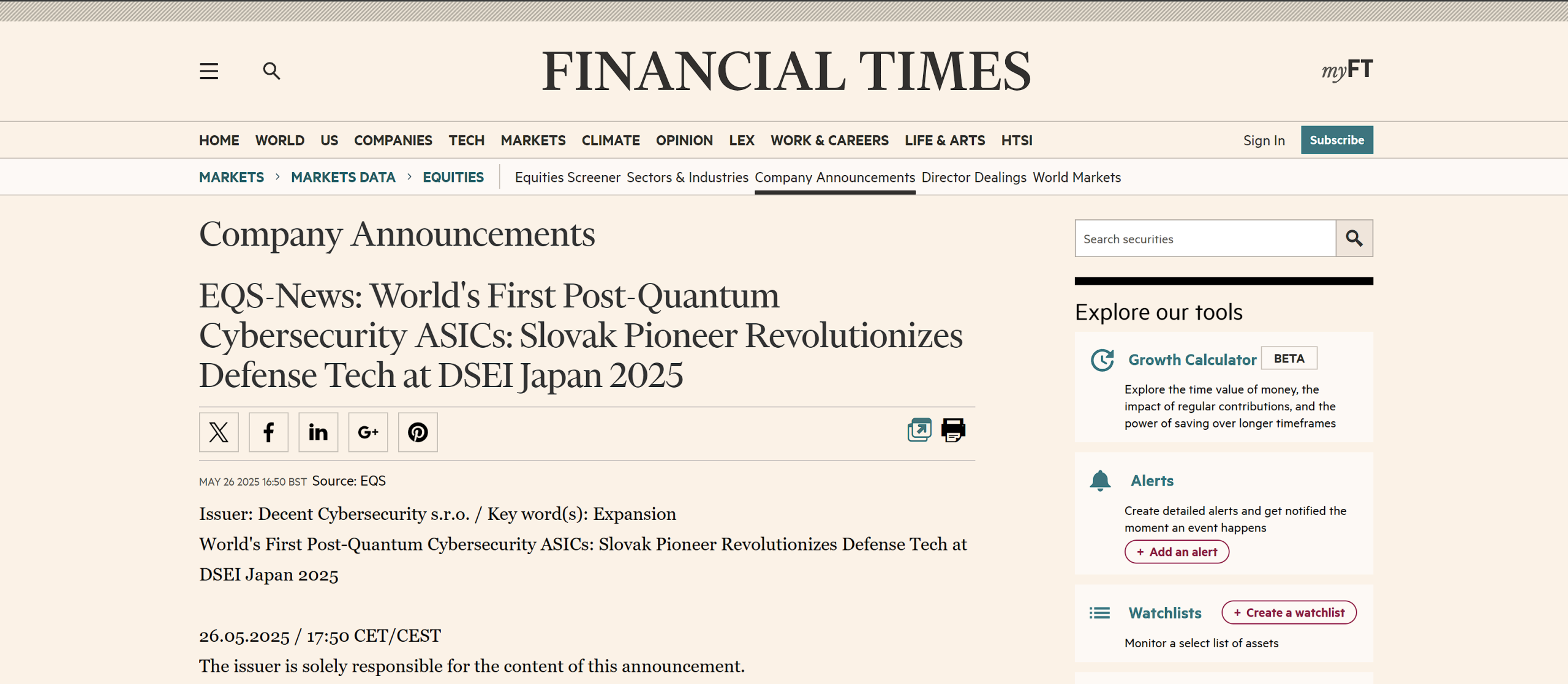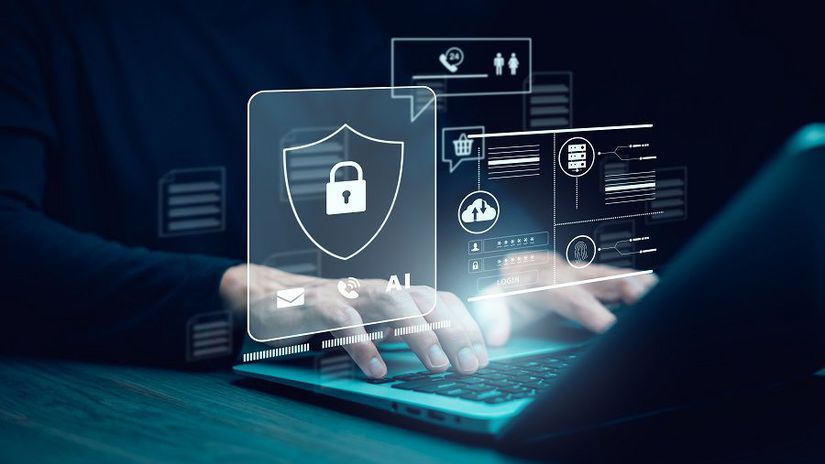As digital communication becomes increasingly integral to modern society, securing these communications against potential threats is more important than ever. Enter Quantum Key Distribution (QKD), a cutting-edge approach that promises to revolutionize the field of secure communications. Utilizing the principles of quantum mechanics, QKD offers a theoretically unbreakable encryption method, making it a pivotal technology in an era where conventional encryption methods are constantly challenged by advances in computing power and techniques.
Understanding the Fundamentals of Quantum Key Distribution
Quantum Key Distribution leverages the quantum properties of particles like photons for encryption key exchange. The fundamental principle that sets QKD apart is the Heisenberg Uncertainty Principle, which states that the act of measuring a quantum system inevitably alters its state. This property ensures that any attempt to eavesdrop on the key exchange process would be immediately detectable, as it would change the quantum state of the particles involved.
Advantages of Quantum Key Distribution
Enhanced Security: The most significant advantage of QKD is its theoretically unbreakable security. Since any interception attempt would alter the quantum state, it becomes impossible for an eavesdropper to access the key without detection.
Future-proofing against Quantum Computing: Current encryption methods might become obsolete with the advent of quantum computing. QKD, however, is expected to remain secure even in the face of such technological advancements.
Compatibility with Existing Infrastructure: QKD can be integrated into existing optical fiber communication networks, allowing for a smoother transition to quantum-secured communications.
Challenges and Future Prospects
While QKD holds immense potential, there are challenges to its widespread implementation. The technology currently requires a direct line of sight or a reliable fiber optic connection between the communicating parties, limiting its practical application. Additionally, the high costs and complexity of quantum technology are barriers to its immediate adoption.
However, continuous advancements are being made. Research into satellite-based QKD systems and efforts to make quantum communication devices more affordable and user-friendly are underway. As these challenges are overcome, QKD is poised to become a staple in the realm of secure communications.
Conclusion
Quantum Key Distribution represents a paradigm shift in the field of secure communications. By harnessing the laws of quantum mechanics, it offers an unprecedented level of security. While there are hurdles to its broad adoption, the ongoing developments in quantum technologies paint a promising future. As cyber threats evolve, QKD emerges not just as a novel technology, but as a necessary evolution in our pursuit of unbreachable communication security.
The exploration of QKD is a testament to the continuous innovation in communication security, and its integration into mainstream use will mark a significant milestone in the protection of digital information.







